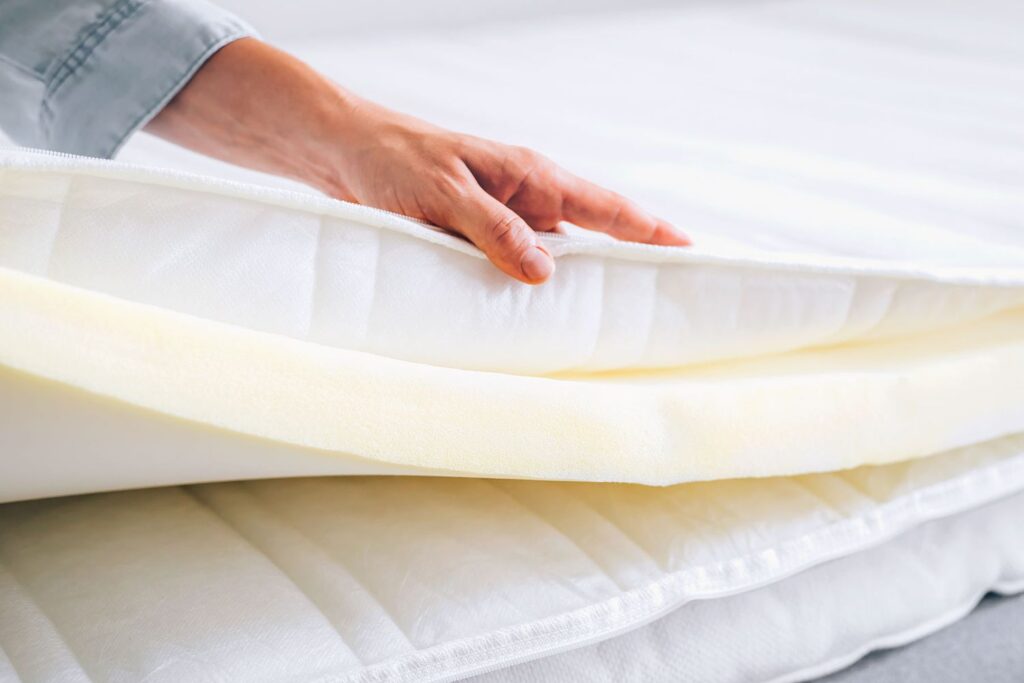If you are looking for advice on how to dispose of an old mattress pad safely and responsibly, this article is for you. Here, we will discuss the most effective ways to properly discard your mattress pad, and the best way to ensure that your discarded mattress pad does not cause any harm to the environment. We will also explore some of the potential hazards associated with improper disposal of mattress pads, and provide helpful tips for ensuring the safe and responsible disposal of your mattress pad.
What to Do with an Old Mattress Pad
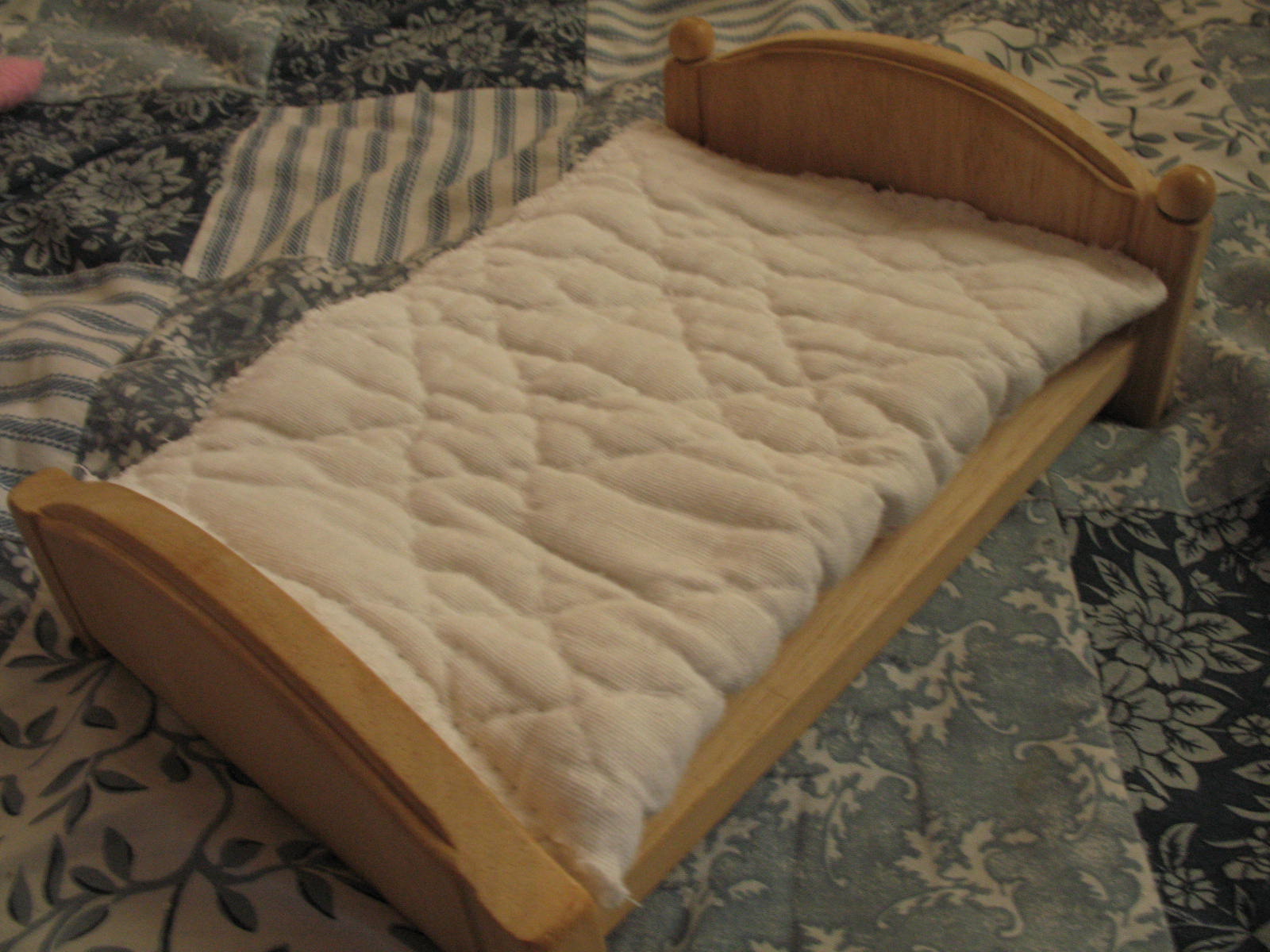
Donate it to a Local Charity: Many local charities accept used mattress pads and will put them to good use. Donating your mattress pad is a great way to give back to your local community while being environmentally friendly.
Recycle it: Depending on where you live, there may be recycling plants that accept old mattress pads. Contact your local environmental organization or recycling center to find out if mattress pads can be recycled in your area.
Reuse it: You can reuse a mattress pad in many different ways. Here are a few ideas:
- Cover an old couch or chair with it.
- Make a pet bed.
- Use it as insulation for a garden shed.
- Cut it up and use it as padding for a baby’s play area.
- Turn it into an outdoor seating cushion.
Dispose of it: If you cannot donate or recycle your old mattress pad, you may need to dispose of it. Check with your local waste management company to see if they accept mattress pads and what their disposal fees are.
Disposal Options
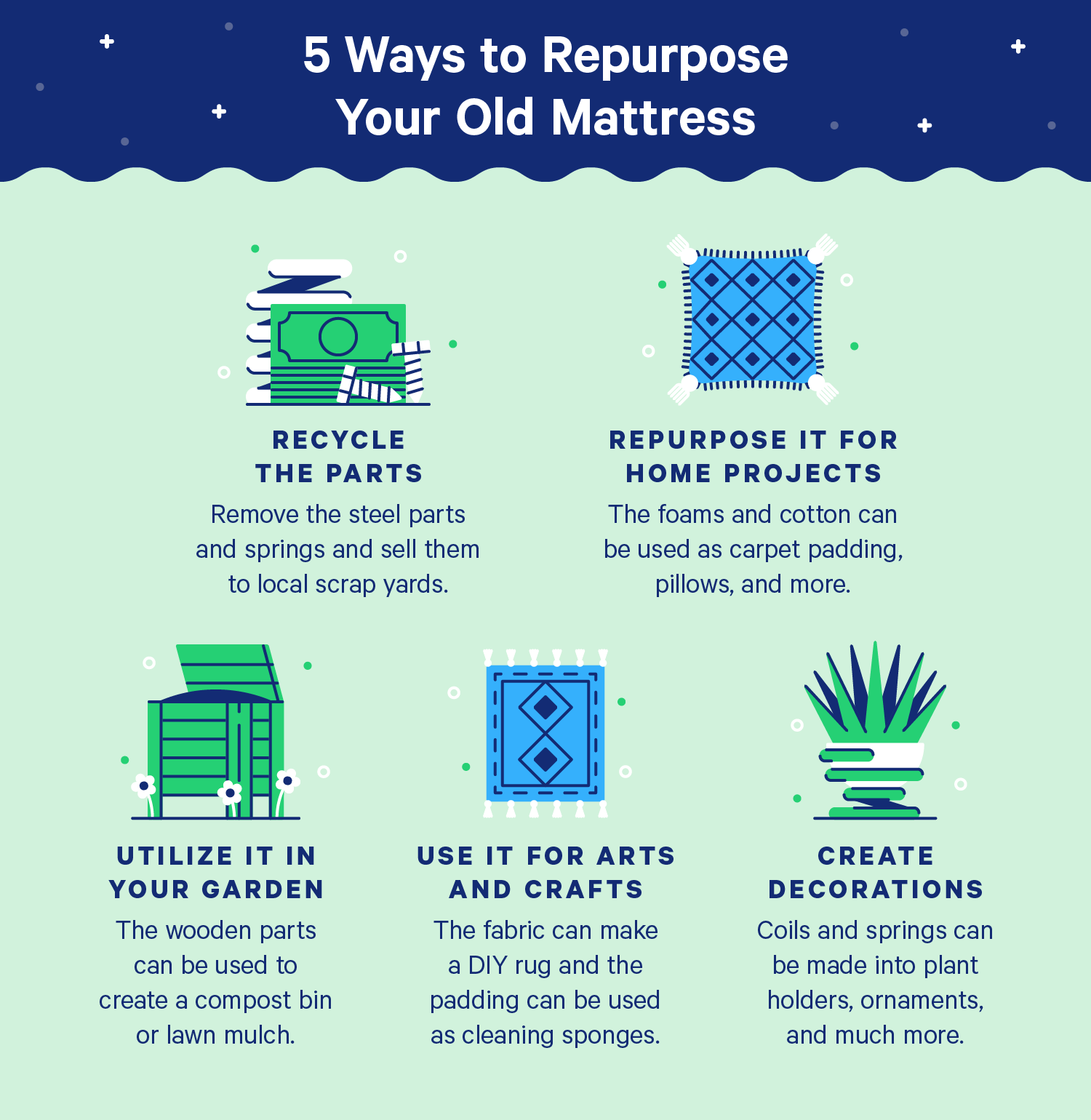
Dispose at Your Curbside
Check with your local municipality to determine if they offer curbside pickup for old mattresses and mattress pads. If they do, make sure you follow their instructions for proper preparation of the mattress pad for collection.
Recycle
Many mattress pads contain materials that can be recycled. Look for a mattress recycling facility in your area.
Donate
If your mattress pad is in good condition, consider donating it to a local charity or thrift store.
Resell
You can try to resell your mattress pad online, or take it to a consignment shop.
Pros and Cons of Disposal Options
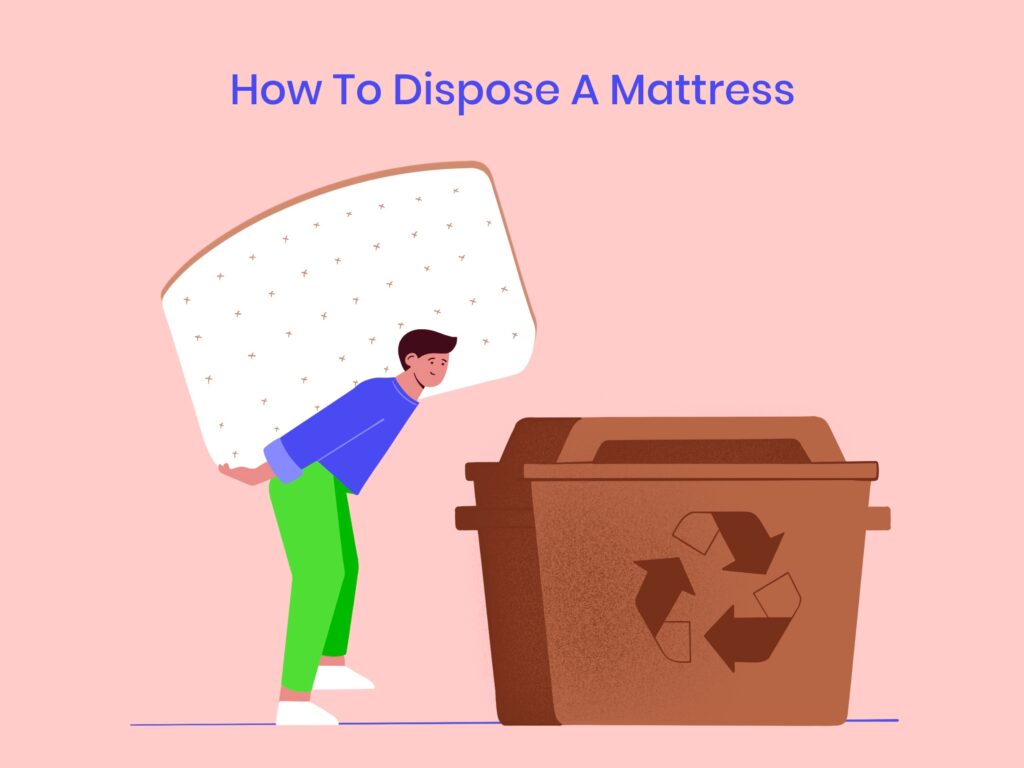
Curbside Pickup
- Pros: Convenient, as your mattress can be collected from your curb
- Cons: May be expensive and availability varies by location
Take to the Dump
- Pros: Cost-effective and reliable
- Cons: Time-consuming and inconvenient
Donate
- Pros: Tax write-off and helping those in need
- Cons: Not every mattress can be donated and you’ll need to find a charity that accepts them
Recycling
- Pros: Reduce landfill waste and environmentally friendly
- Cons: Difficult to find a facility that recycles mattresses, and often requires disassembly
Environmental Impact of Disposing of an Old Mattress Pad
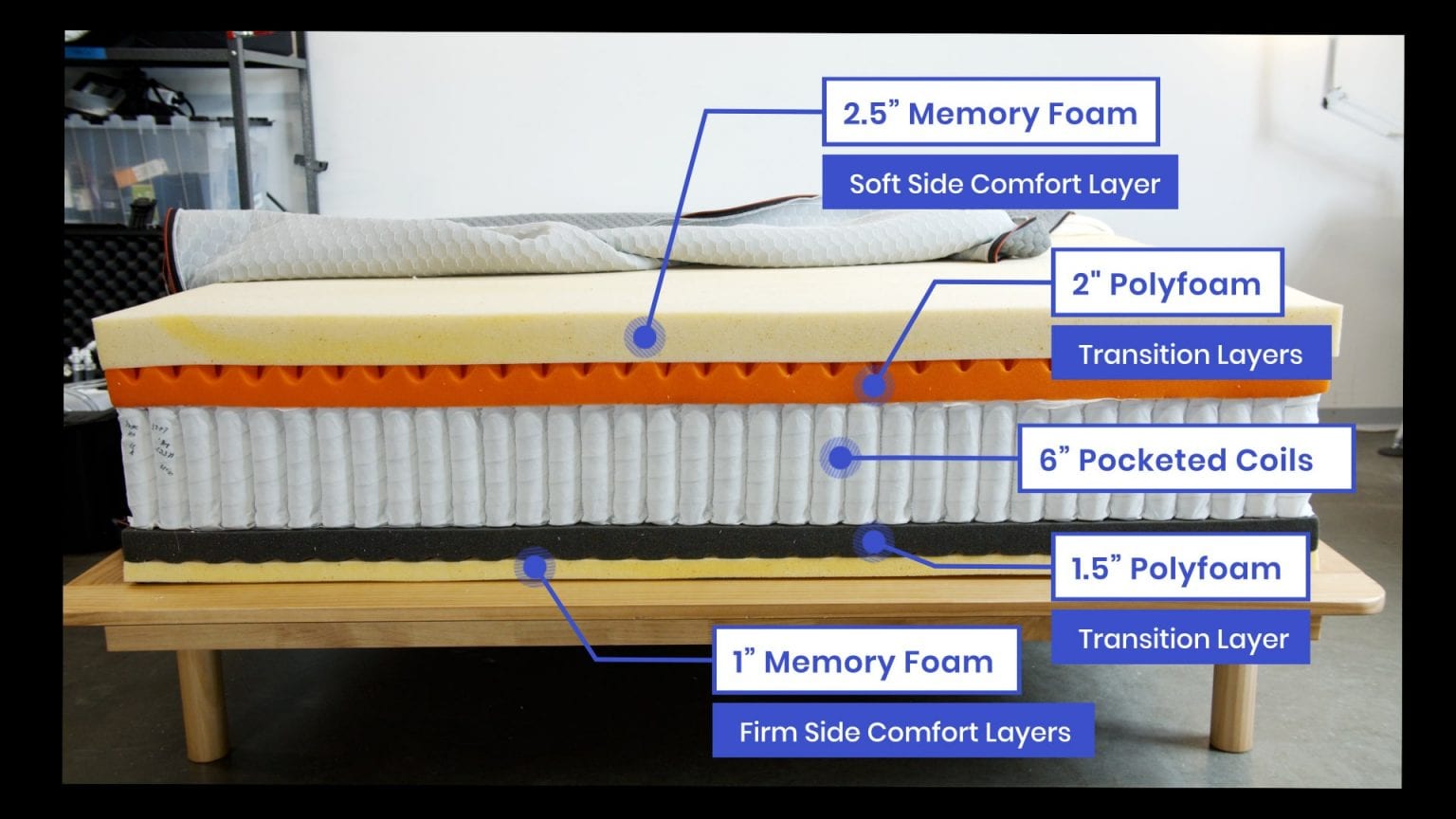
Disposing of an old mattress pad has an environmental impact due to the materials used in its construction. In most cases, mattress pads are made from petroleum-based synthetic materials, such as polyester, vinyl, and polyurethane foam, which are non-biodegradable and can take hundreds of years to decompose. Additionally, the adhesives and flame retardants used to make these materials can contain hazardous chemicals that can leak into the environment and contaminate the soil and water.
When disposed of improperly, mattress pads can end up in landfills where they take up valuable space and can potentially release hazardous chemicals into the surrounding environment. This is why it’s important to dispose of mattress pads responsibly.
The best way to dispose of a mattress pad is to donate it to a local charity or thrift store. If the mattress pad is not in good enough condition to be reused, then it should be recycled. Most mattress pads can be recycled at special facilities that specialize in recycling foam and other synthetic materials. Check with your local recycling center to see if they accept mattress pads.
Finally, if you are unable to donate or recycle the mattress pad, then it should be disposed of at a local hazardous waste facility. These facilities are designed to safely handle materials that can’t be recycled or reused. Contact your local environmental protection agency for more information about hazardous waste disposal.
By following these steps, you can help minimize the environmental impact of disposing of an old mattress pad.
Safety Considerations
- Check with local authorities – before disposing of your old mattress pad, make sure that it is allowed in the place where you intend to dispose of it. Some local authorities may have restrictions on where and how you can dispose of certain items.
- Check for hazardous materials – some mattress pads may contain hazardous materials such as lead, mercury, and other toxins. Make sure you check your mattress pad for any hazardous materials before disposing of it.
- Wear protective gear – when disposing of your old mattress pad, make sure to wear protective gear such as gloves, masks, and long-sleeved clothing to protect you from any hazardous materials that may be present.
- Use proper disposal methods – make sure to use the proper disposal methods for your old mattress pad. This may involve taking it to a local waste management facility, or it may require special disposal methods depending on the type of mattress pad you have.
Frequently Asked Questions
What are the Environmental Impacts of Improper Mattress Disposal?
Improper mattress disposal can have a range of environmental impacts. Mattresses contain many hazardous materials, such as polyurethane foam, flame retardants, and heavy metals, which can leach into the environment and contaminate soil and water. Additionally, mattresses are bulky items and take up a lot of space in landfills, leading to the production of methane gas which contributes to climate change.
What is the Best Method for Disposing of an Old Mattress Pad?
The best way to dispose of an old mattress pad is to donate it, if possible. Many charities will accept mattress pads in good condition, and this is a great way to ensure the mattress pad is reused. If donation is not an option, contact your local waste management service to see what options are available for disposal. Some services may offer mattress pad recycling, while others may offer collection for specialized disposal.
Can I Donate or Recycle an Old Mattress Pad?
Donating and recycling mattress pads are both possible, but it depends on your local regulations. Some donation centers may accept mattress pads in good condition, while some municipalities may offer recycling programs. Contact local charities, donation centers, and city offices to find out what options are available.
Are there any local organizations that offer mattress disposal services?
Yes, many local organizations such as charities, waste management companies, and municipal collection services provide mattress disposal services. Contact your local government or waste management company to inquire about the availability of mattress disposal services in your area. Additionally, many furniture stores and mattress retailers offer mattress disposal services for a fee. Check with retailers in your area to see if they offer this service.
What are the Safety Protocols for Disposing of a Mattress Pad?
To ensure safety when disposing of an old mattress pad, it is important to follow the proper protocols. First, make sure to cover the mattress pad with a plastic bag secured with tape. This will help to prevent any bacteria or dirt from spreading. Secondly, check the local regulations of the area to determine if special instructions are needed for disposal. Depending on the location, the mattress pad may need to be taken to a designated drop-off location. Lastly, it is important to wear gloves and a face mask when handling the mattress pad, as this will help protect against any potential allergens and pathogens.
Conclusion
Disposing of an old mattress pad safely and responsibly can be a challenging task. However, it is important to follow the guidelines above to ensure that you are disposing of the mattress pad correctly and without endangering the environment or your health. In general, the best way to dispose of an old mattress pad is to donate it to a charity or organization, recycle it, or drop it off at a local waste management facility.
